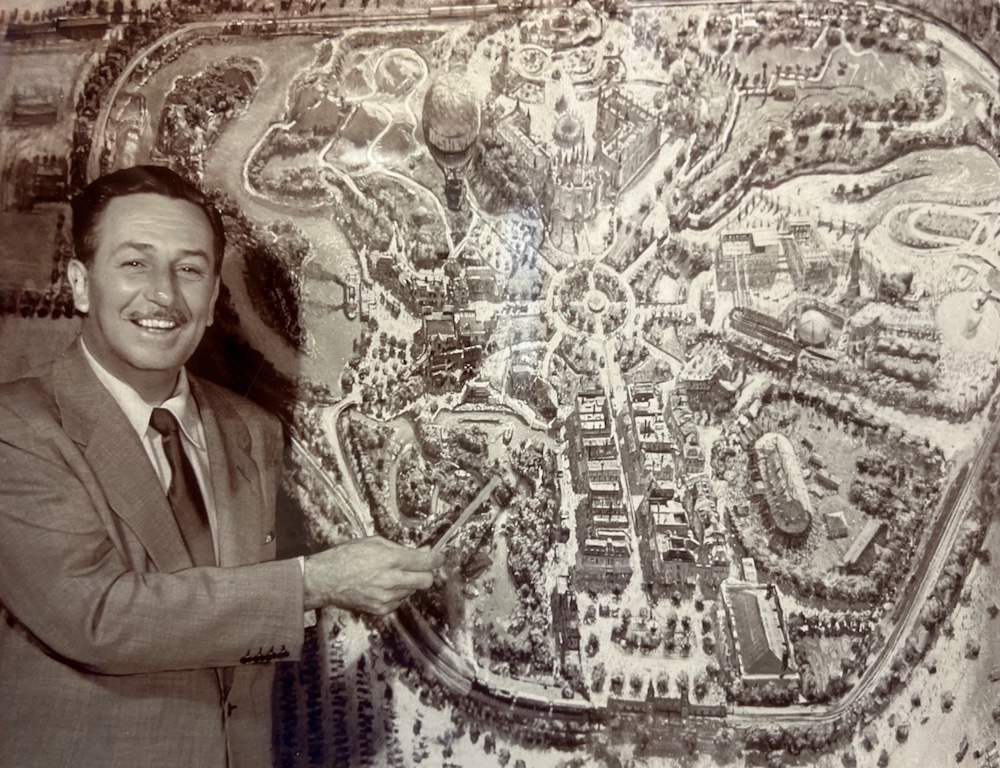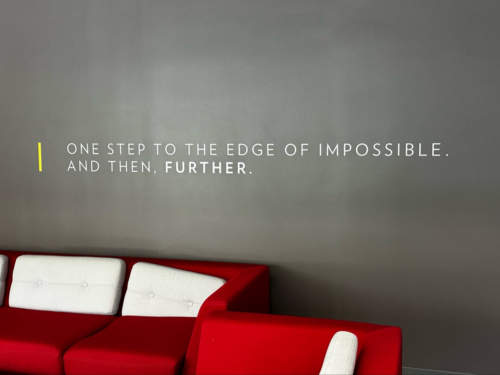How to Approach Problems with a Creative Twist
The kitchen sink wasn’t draining. The Super Bowl was about to start, and a pile of dishes and pre-game food prep was queued up on the counter. “Well, this is great,” I said to myself. I could hear SpongeBob commenting about the pre-game show. Yes, that’s right, we tuned in to Nickelodeon, as all sports enthusiasts would do.
Several years ago, I bought a drain cleaning machine to help clear roots out of our side yard area drain. It’s one of those drum type with a motor and a 75’ auger cable. It has paid for itself ten times over for things like this. I went to the garage and wheeled it to the super small clean out drain opening. I fed the cable into the drain and watched the sink start to slowly drain. As I have done in the past, I added a garden hose to increase the water pressure and ensure the line was clear. The sink was draining. The crisis was over. Well, or so I thought. As I began to pull the cable back out, something happened. It locked up. I tried pushing it back in, but it wouldn’t budge. I wanted to get a look, so I needed to pull the water hose out to see. Oh no! It was stuck too! I pushed, pulled, and even switched the auger direction. Nothing. Then it happened, water started backing up too and was spraying all over me. I felt like I was in one of those cartoon sitcoms where everything goes wrong. I started imagining if I just cut the hose if that would help, but then that would likely permanently clog the drain. I sat there on the back patio, staring at the problem, covered in drain goo.
Large language models (LLMs) like ChatGPT are complex systems that use artificial intelligence to predict answers based on context. You provide a statement or question prompt, and it will attempt to answer it. It is like an elaborate function call. The input is the prompt. To derive the output, the model feeds the input into its neural net. The network produces a set of possibilities as to the “next word” (token). Some of those next word options can be equal or similar in probability. It randomly picks one of them. A model parameter that you can use to influence that randomness is called “temperature”. The higher the temperature, the more diverse and unpredictable the output. Using 0.7, as is the default for ChatGPT, provides the model with some creative freedom (including some hallucination). A setting of 0.0 will create nearly identical responses. Turning it up to 0.9 or even as high as 2.0 will produce pure creative output, possibly with little technical relevance.
I’m not a large language model, and even my intelligence may be suspect. At least that is what I was thinking, sitting there in the pile of goo. But maybe I just need to turn up the “temperature” on my thinking. I stopped for a minute and thought about those math problems that you just couldn’t solve. After 5 pages in, you were still unable to reach the conclusion. You were stuck. The only way to proceed was to reframe the problem itself. Start over. Pick a more improbable path and see where it takes you. That’s what I needed to do. I looked at my “stuck drain” problem and decided to turn it over. Literally. I twisted the hose and the cable together. Pop! I heard the cable unwind deep in the wall. It was unstuck and began draining again. And all in time to see the Super Bowl kickoff at Bikini Bottom. I mean, that is, after a shower.
Do you ever get stuck? Does that frustrating problem seem to have no solution? Well, turn up the “temperature” of your thinking! Reframe the problem and approach it from a completely new angle. Explore the less probable path and see if it unwinds the knot and sets the problem free.

















